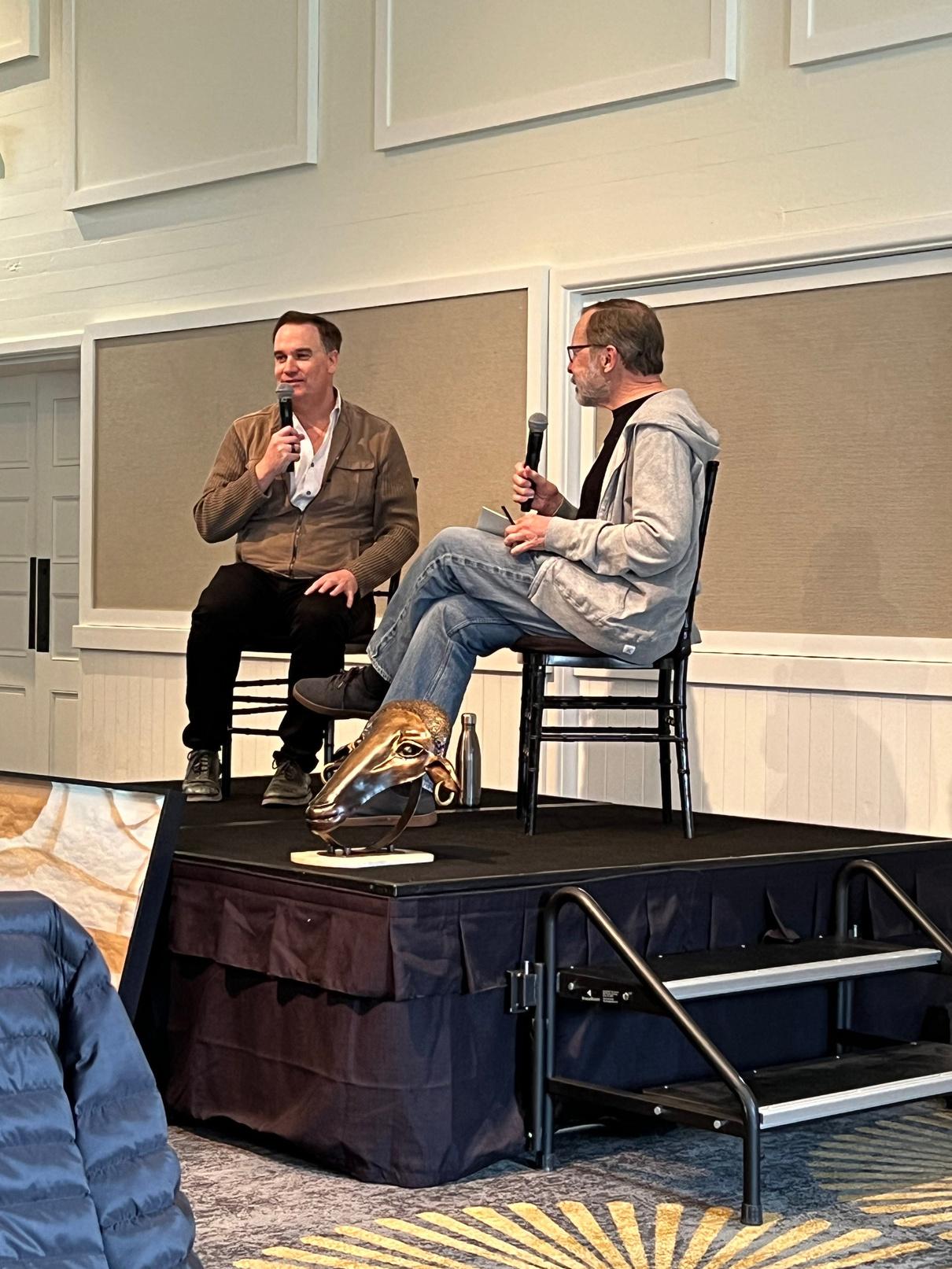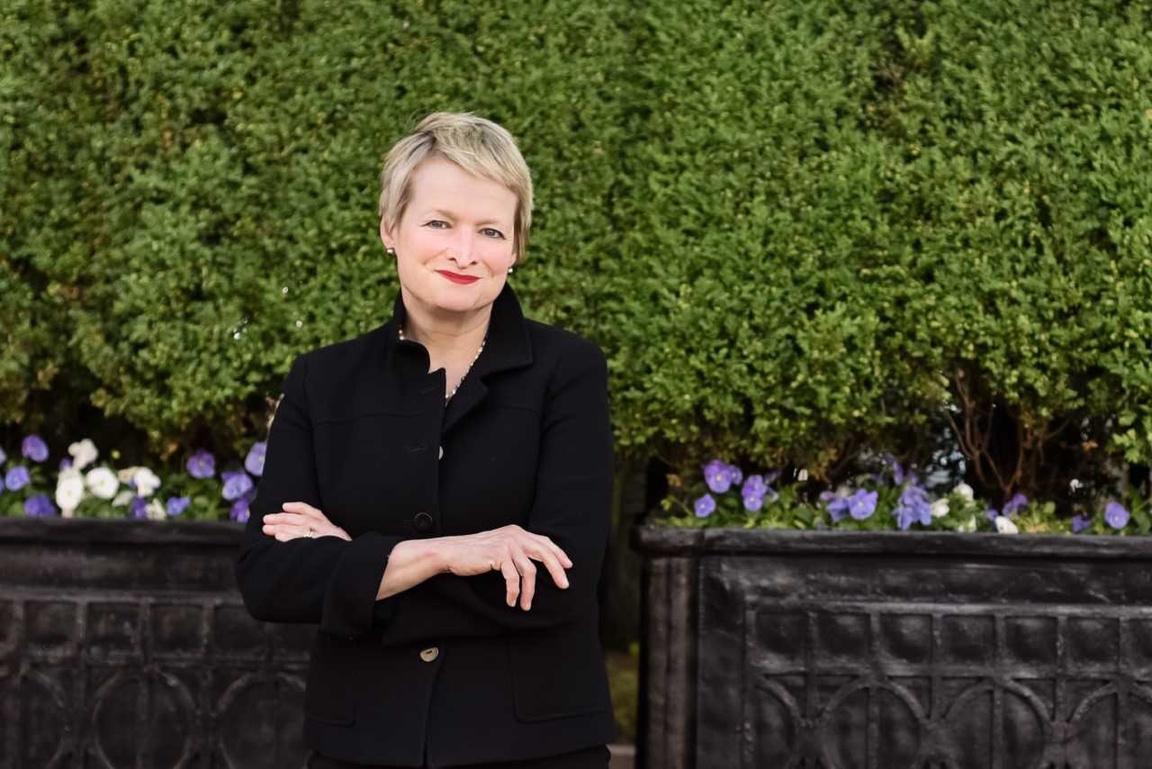 RitaMcGrath
RitaMcGrath
 RitaMcGrath
RitaMcGrath
Beyondthe doomscrolling–movementbuilding forpositivechange

Introduction:
Some additional thoughts from the Powershift conference that took place in February in California – guests included artists, business leaders and even some legends (hello, Ed Catmull of Pixar fame)! This post touches on Peter Sims’ new book “BLK SHP: How to be Human in an Inhuman World” and what he and Ed are up to now.

Whenhavingitallis lessthanfulfilling
As he tells it, Peter Sims was getting paid a lot of money working in the financial sector in London, but increasingly feeling like a hamster on a treadmill. As he said in a podcast interview with author Whitney Johnson, “I don't think I realized until maybe, maybe a half of the way through my experience with Summit in London when I realized, like, look, I'm just this is I'm supposed to be living the dream I'm in. I'm living in Holland Park. I've got a beautiful French girlfriend. I'm like, walking past Richard Branson and he's reading the Financial Times and it's like we're neighbors. And yet I wasn't fulfilled at a deeper level. And I think that happens to a lot of us.” What he was describing was what he calls the “white sheep” world of doing what’s expected, ticking the boxes and having success defined by conventional metrics.



Building movements
Along the way, he got involved with “Giving Tuesday,” in 2012, a project spearheaded by Henry Timms at the 92nd Street Y, to create a national day of charitable giving. As Peter would later describe it, Giving Tuesday was one of his first tastes of catalyzing a movement. It was also a recognition of his talent for making people feel involved and a part of something meaningful. As he describes it, “My job was to really try to catalyze a bunch of influencers and partners, including the White House, to get behind it. And that first year, people thought we were crazy… I was at the White House trying to persuade people that Henry was a legitimate person. He was just a mid-manager at the 92 Y at the time, and he's since become the CEO of Lincoln Center. He's gone on to all kinds of amazing things, but nobody really took it seriously, took us seriously.”
EdCatmull’srecollections ofthehistoryofPixar
In an interview with Catmull at Powershift, Catmull outlined some of the twists and turns of Pixar’s origins, including how George Lucas’ 1983 divorce, led to his losing half his fortune, putting what was then the Computer Graphics Division of Lucasfilm potentially on the chopping block. In desperation not to lose the huge progress the division had made toward creating truly computer-animated films, several of the founders wanted to keep the work going by founding their own company. It would sell hardware, initially, what they called the Pixar Image Computer. VC’s weren’t interested.
Andnow,anew chapteropens
BLK SHP over the years has done a lot of experimenting and reaching out to connect disparate talents to realize its vision. Its latest move is to create a venture investing arm so that the artists and others involved in the new American renaissance can have access to the resources that would allow them to be as transformative as Pixar has been in its day. As Peter puts it, “ … that's where we are now. We really have a chance to make a big impact and create wealth for our foundation and live that dream towards being a part of a creative renaissance. And that is an incredible place to be. But it took a decade of scrapping and struggles and trying to learn how to be an entrepreneur and trying to develop self-awareness and a lot of in-between before getting to this place.”

Wanttosparksomethinking inyourownorganization?
Book Now

 RitaMcGrath
RitaMcGrath

